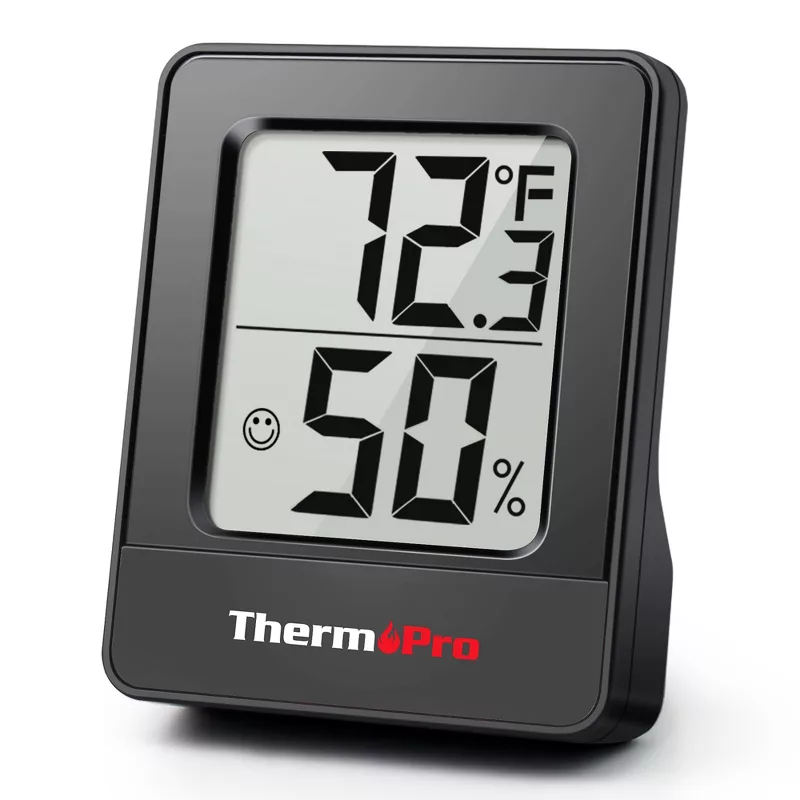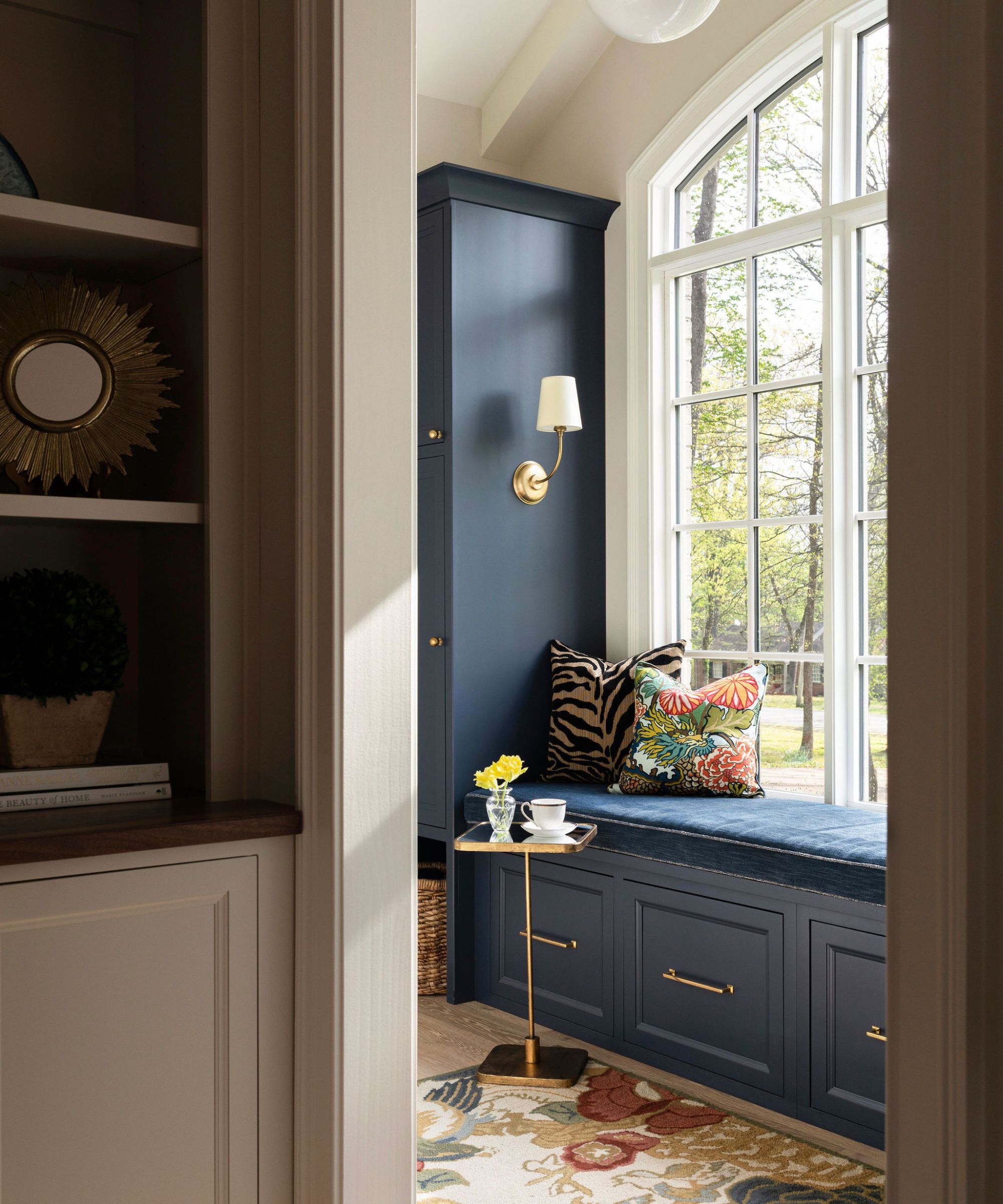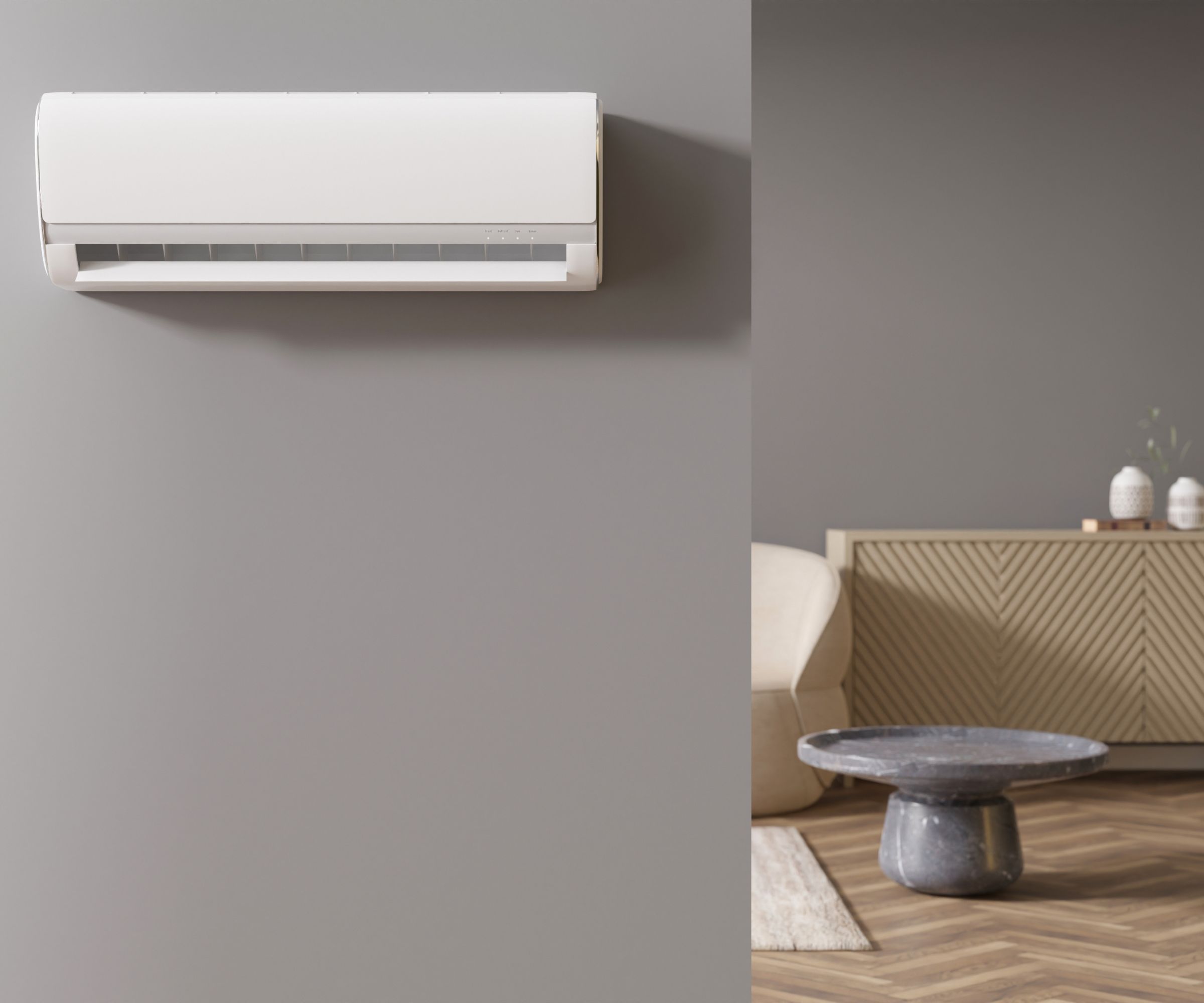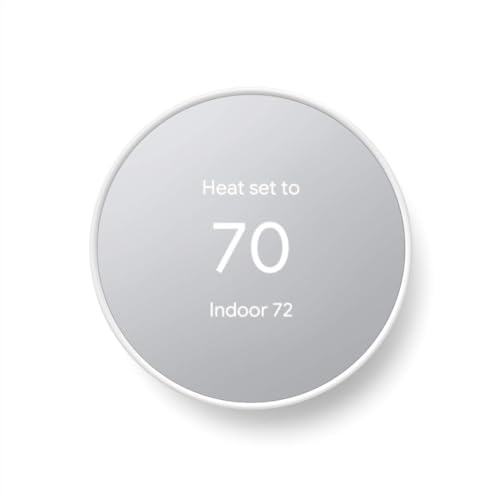I’m an HVAC technician, and this is when I turn on my AC each year – plus 5 checks I always do beforehand
Save yourself an AC hassle by running my checks and turning it on before big heat hits


Chiana Dickson
Warm weather is fast approaching and with it, uncomfortably humidity and tricky night’s sleeping. This begs the question, when should I turn on the AC?
As many of us are trying to save money, getting the timing right is crucial for a comfortable home that doesn’t break the bank.
Here, I’ll break down when you should turn the AC on to cool down a room, and the essential maintenance tasks you need to perform beforehand.
When should I turn on the AC?
I often get this question, especially as the weather starts warming up. The best time to turn your air conditioning back on after winter isn’t the first hot day – it’s actually a little earlier.
Ideally, when temperatures are mild, you want to test your system in early spring as part of your annual spring home maintenance jobs. This gives you time to spot and fix problems before the AC is in constant use. If there's a problem, you won't be stuck waiting for a repair while dealing with the heat.
When should I turn on the AC?

Using indoor thermometers and hydrometers will help you keep an eye on rising temperatures in spring, giving you a better idea of the ideal time to turn on and test your unit, whatever the AC type, before summer.

Closing windows when you turn on the AC will speed up the cooling process by reducing heat transfer and humidity.
If your area starts warming up around April or May, that’s a good window to run your AC for 15 to 20 minutes on a warmer day. It is also a good time to have your HVAC system serviced. Listen for unusual noises, make sure the air is cool, and check that the system runs smoothly.
If it’s not cooling properly or there’s little airflow, those are early signs that something needs a closer look. If you're seeing weak airflow, hearing odd noises, or just not getting the cooling you expect, it's better to get it checked out now than wait until summer when repair calls spike.
It is a good idea to clean your AC unit and the vents in your home using a multi-purpose spray such as Method, from Walmart, and a microfiber cloth, also available from Walmart, to remove dust that could be blocking airflow. For awkward-to-reach vents, a telescoping duster, such as the O-Ceda Flex & Catch Duster, from Target, can be ideal and avoid the need for ladders or steps.
The best time of day to run the AC

Picking the best time of day to run the AC will reduce how hard it works, saving your money on your energy bills.
Once summer hits and your AC is back in regular use, avoid starting it during the hottest part of the day. Mid-afternoon is usually when electricity demand is highest, and rates can jump if your utility uses time-of-use pricing. Early morning or late evening is better for starting it up or making large temperature adjustments.
Then, you can maintain a steady temperature rather than pushing the system hard during peak heat. It is also a good idea to turn off your AC at night to prevent drying out your airways and making yourself sick.
Running the AC early in the morning also allows the system to quickly cool the house while outdoor temps are still reasonable, reducing how long it takes for an AC to cool down a room. That way, your unit doesn’t have to fight an uphill battle against the hottest part of the day.
What to check before running the AC

Checking your HVAC system before the peak of summer heat prevents expensive surprises later in the year.
Before you flip the thermostat to "cool," there are a few things I recommend you check first:
- Air filter: If it's been a few months since you cleaned your HVAC system, or it looks gray and dusty, then it's time to replace it. A clogged filter reduces airflow and makes the system less efficient.
- Outdoor unit: Clear out leaves, branches, and any debris that may have been collected over the winter. I've found squirrel nests and dead leaves jammed in condenser fins more times than I can count. If you covered an AC unit in winter, remove the cover now.
- Thermostat: Switch it from "heat" or "off" to "cool," and test your settings to make sure everything is working. If you have a smart thermostat, adjust your schedule.
- Drain line and pan: A clogged condensate line can lead to leaks. You can flush it by cleaning it with vinegar such as the Great Value White Vinegar, from Walmart, and warm water.
- Vents: Make sure nothing is blocking your supply and return vents – no furniture, curtains, or rugs. Even a fully functional AC won't cool properly if airflow is restricted. It is also wise to clean vents around your home as part of your spring cleaning checklist, ensuring good airflow throughout your space.
- Humidity: Humidity is also worth monitoring. The house will feel warmer and stickier if indoor humidity levels stay above 60%. Your AC helps pull moisture out of the air, but if the air still feels muggy, a standalone dehumidifier may help, especially in rooms with less airflow.
If the system turns on and you hear buzzing, rattling or notice weak airflow, don’t assume it’s just "warming up." These are warning signs you may need to replace your air conditioner; the longer you wait, the more damage it could do.

Maintaining a safe, steady humidity indoors makes it easier to control internal temperatures.

BestAir® are the largest manufacturer of replacement filters made in USA, providing high quality HVAC filters that remove unwanted particles including dust lint, mold particles, pollen, bacteria, and virus carriers while allowing cleaner air to flow through. This measures 20-in W x 25-in L x 4-in.

This is easy to use and great for people looking to monitor and control heating remotely. It also provides energy-saving suggestions based on your patterns.
As you settle into warmer weather, double-check the ideal temperature to set your AC in summer. Most households are comfortable cooling their homes between 74°F and 78°F, however setting the thermostat lower won't cool the house faster – it'll just keep the AC running longer. If you're away during the day, raising it by five to seven degrees can cut energy use without making your home uncomfortably warm when you return.
Design expertise in your inbox – from inspiring decorating ideas and beautiful celebrity homes to practical gardening advice and shopping round-ups.

Josh is an experienced HVAC technician and owner of Air Conditioner Lab, an online resource on heating, cooling, and energy efficiency.
- Chiana DicksonContent Editor
You must confirm your public display name before commenting
Please logout and then login again, you will then be prompted to enter your display name.